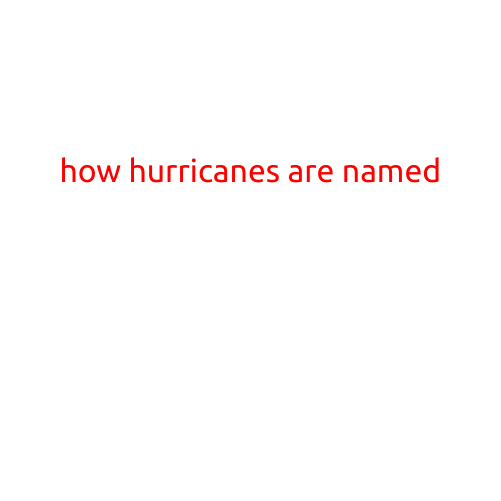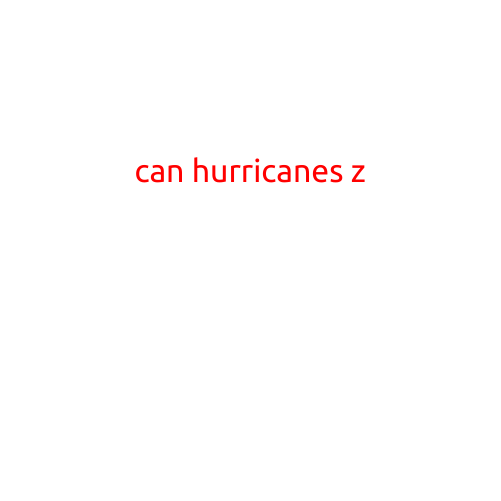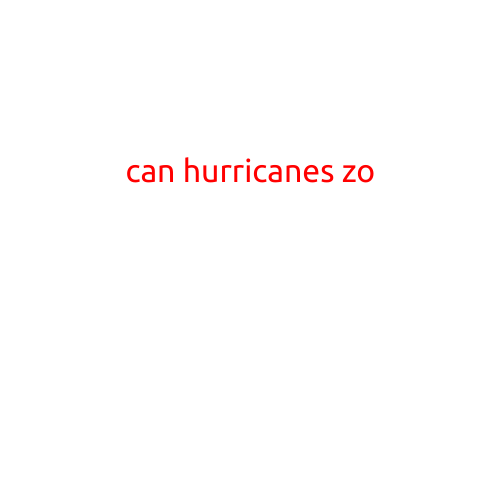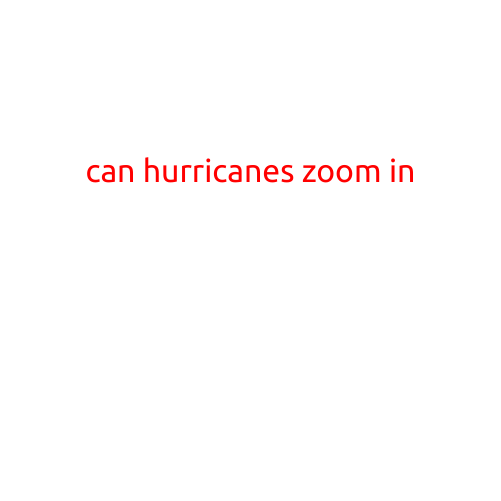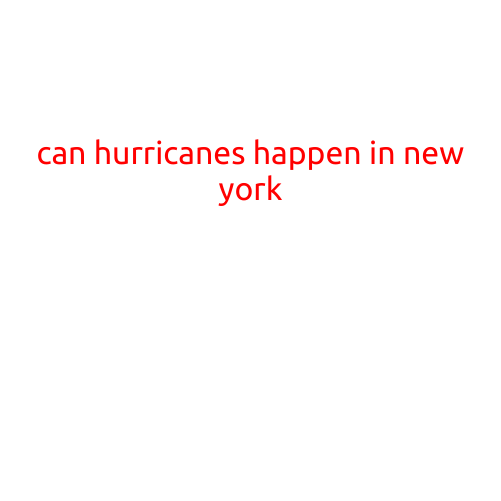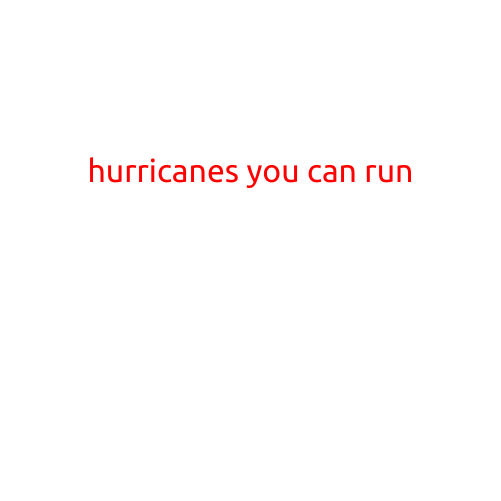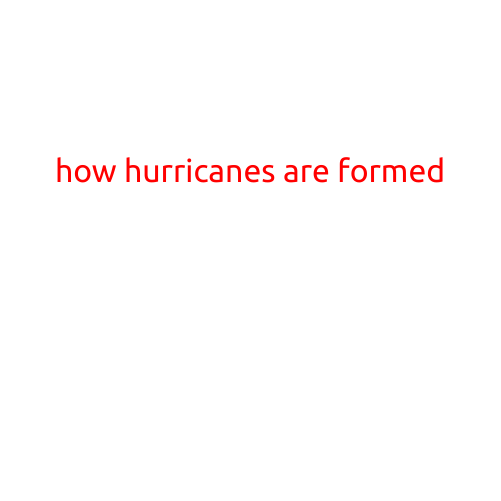
How Hurricanes Are Formed
Hurricanes are powerful storm systems that can bring catastrophic damage to coastal communities and disrupt the lives of millions of people. But have you ever wondered how these powerful storms come to be? In this article, we’ll take a closer look at the science behind hurricane formation and explore the factors that contribute to their development.
The Basic Ingredients
Hurricanes form over warm ocean waters, typically in the Atlantic Ocean, the Caribbean Sea, and the Gulf of Mexico. These waters heat the air above them, which rises and creates an area of low pressure. This low-pressure system is called a tropical disturbance. The warm air rises, creating a circulation of air that begins to rotate due to the Coriolis effect, a phenomenon caused by the Earth’s rotation.
Moisture and Condensation
For a hurricane to form, there needs to be a sufficient amount of moisture in the atmosphere. When the air rises, it cools, and the water vapor in the air condenses, forming clouds and releasing heat. This process releases more energy, which fuels the storm’s growth.
Wind and Rotation
As the air rises and cools, it begins to rotate due to the Coriolis effect. This rotation is strengthened by the convergence of winds from the north and the south. The rotation causes the storm to develop a spinning motion, which is characteristic of hurricanes.
Eye of the Storm
At the center of the hurricane is the “eye,” a calm, clear area of low pressure. The eye is surrounded by a ring of dense clouds, known as the eyewall, which is the area of highest wind speeds and heaviest rainfall.
Strengthening the Storm
As the hurricane continues to grow, the sea surface temperature and atmospheric factors help strengthen the storm. A warm ocean surface temperature of at least 26.5°C (80°F) is necessary to sustain a hurricane. Additionally, low wind shear, which is a change in wind direction and speed with height, allows the storm to maintain its rotational velocity and grow stronger.
The Role of El Niño and La Niña
El Niño and La Niña are two phases of the El Niño-Southern Oscillation (ENSO), a natural climate pattern that affects global weather patterns. El Niño events tend to suppress hurricane formation, while La Niña events tend to enhance it. Understanding these climate patterns can help scientists predict hurricane activity and prepare for potential storms.
Conclusion
Hurricanes are complex storm systems that require a combination of atmospheric and oceanic conditions to form. By understanding the basic ingredients, such as warm ocean waters, moisture, and wind rotation, we can better appreciate the science behind these powerful storms. Additionally, recognizing the role of climate patterns and international cooperation can help improve hurricane prediction, preparedness, and response efforts.
